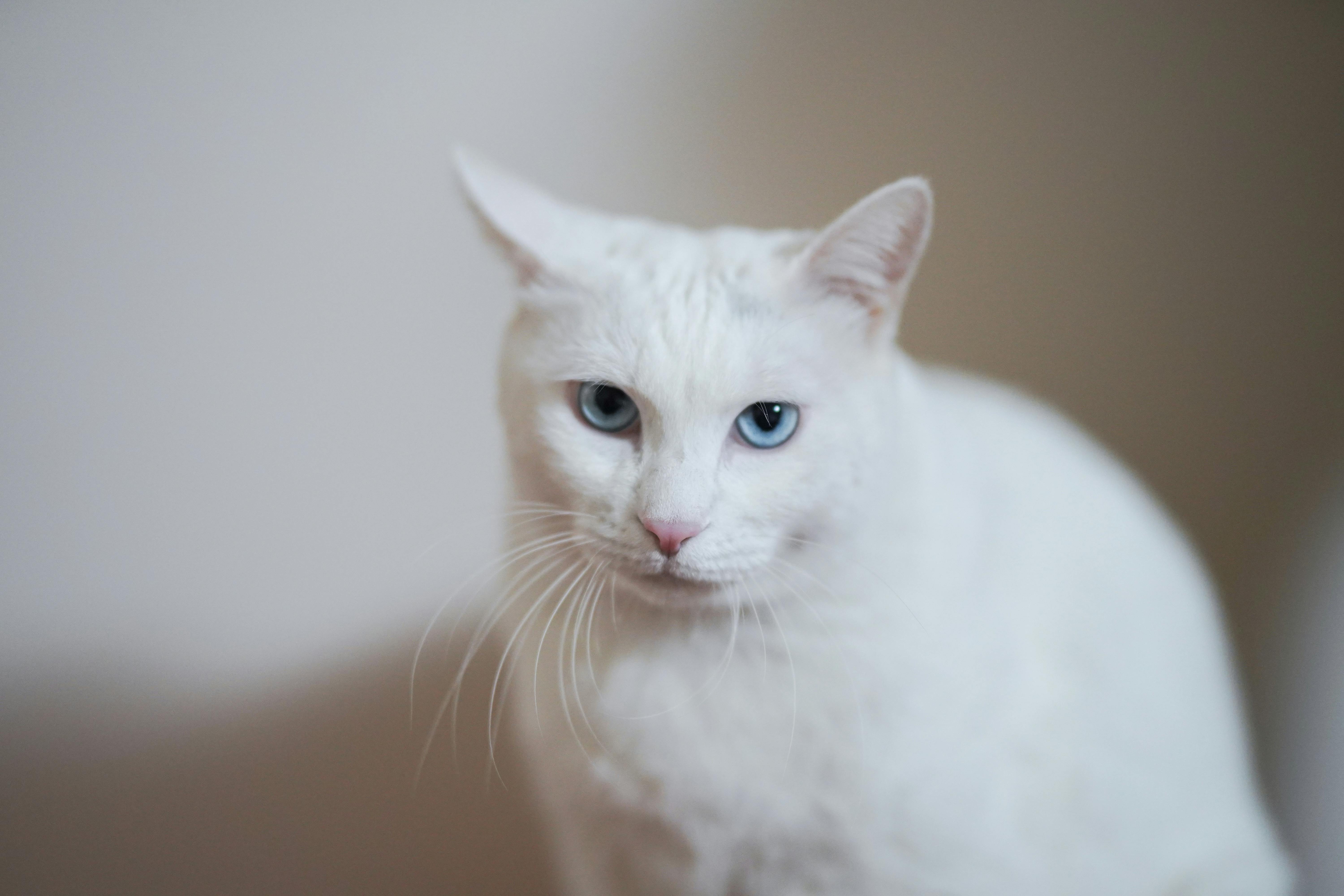Suitable Environmental Temperatures for Some of Our Popular Pet Snakes
Not all snakes are the same, and all snakes have special needs, including diet, substrate, humidity, and especially ambient temperature. Some pet snakes even need diurnal and seasonal temperature drops to mimic their wild habitats. While this step is crucial for raising some of the more exotic species of pythons, boas, and colubrids, it is also an important part of daily and seasonal temperature needs. Keeping your pet reptiles happy is the first and most important step after finding the perfect snakes for sale.
Python room temperature needs
Pythons are found in tropical areas around the world, from Africa to Indonesia to Australia. They are found in different climates when it comes to humidity, but always in the warmer parts of the world. African pythons like the Ball Python, Rock Python, and Angolan Python are accustomed to daily temperatures reaching into the 80s with overnight dips that can reach the mid-70s. Indonesian pythons like the Indian Rock Python, Burmese Python, and Rock Python. reticulata are accustomed to higher temperatures and humidity levels, while their Australian counterparts experience hotter, drier weather conditions. During the breeding season, lower humidity and lower ambient temperature ranges will be enough to get healthy sperm counts from males and induce follicular development in females.
Boa Room Temperature Needs
Boas are found in the Americas, Indonesia, and Madagascar. They are a larger group of animals than pythons and have a greater variation in ambient temperature needs. Land boas like Redtails and Dumeril’s tend to be able to handle a lower night dip that can reach the low 60’s while having some extreme daytime highs in the 90’s as well as a lower humidity level. Tree boas such as Emerald and Cook’s have a lower affinity for heat and prefer to retreat to cooler, shady areas of the forest and can also tolerate much lower humidity. Finally, anacondas and sand boas go to the extremes of the two, where anacondas live in water with the highest possible humidity, while sand boas live underground in very dry conditions.
Colubrid Ambient Temperatures
Colubrids are found in many different parts of the world. They consist of rat snakes, milk snakes, king snakes, pine snakes, and bull snakes and many other branches of this highly evolved and variable family of snakes. While relatively cooler ambient temperatures with a cold dormant hibernation period are a must for colubrid breeding, they all seem to prefer lower humidity levels as well. Daytime temperatures in the low 80s with a nighttime drop to the 60s seems to be a perfect temperature to keep most colubrids. Some keepers offer water on a limited basis during inactivity, while others remove it forever during this extended period of low temperatures in the 50s.
Snakes are highly evolved creatures that have stood the test of time and have evolved into the amazing animals we see today. They have a high tolerance for our bugs when kept in the right enclosures and habitats, but this does not excuse keepers from learning about what their particular snakes need and offering them the opportunity for a comfortable life in a suitable environment.
To learn more about caring for a pet snake, follow the link via Snake for sale.

Leave a Reply